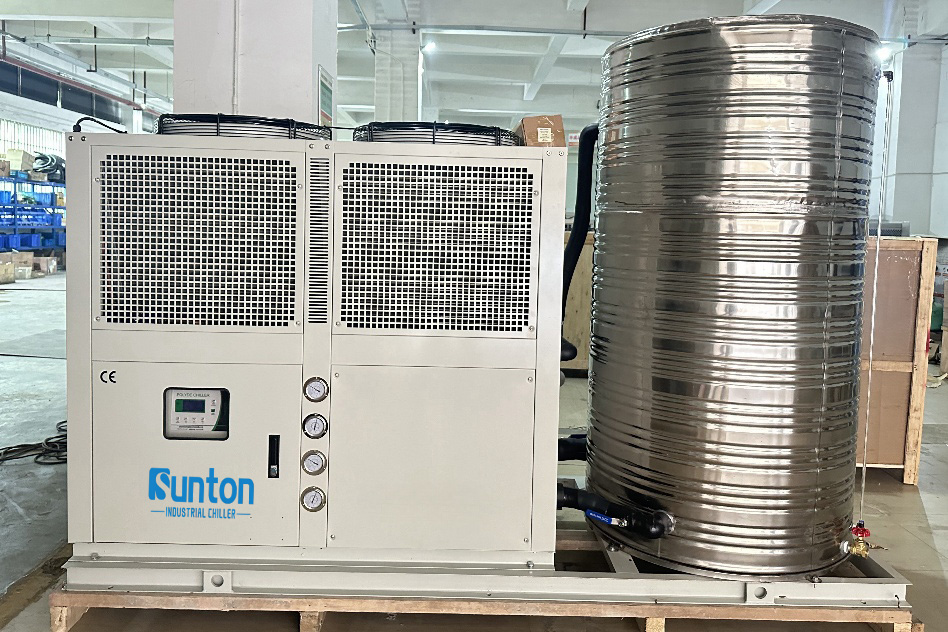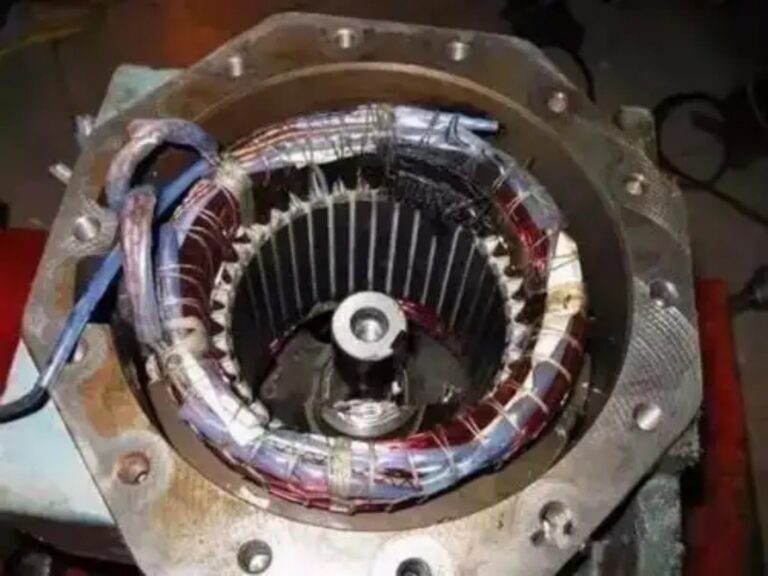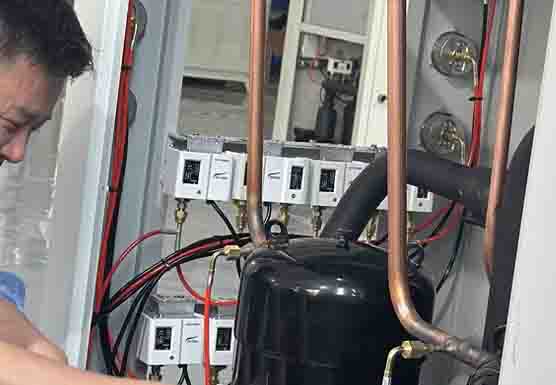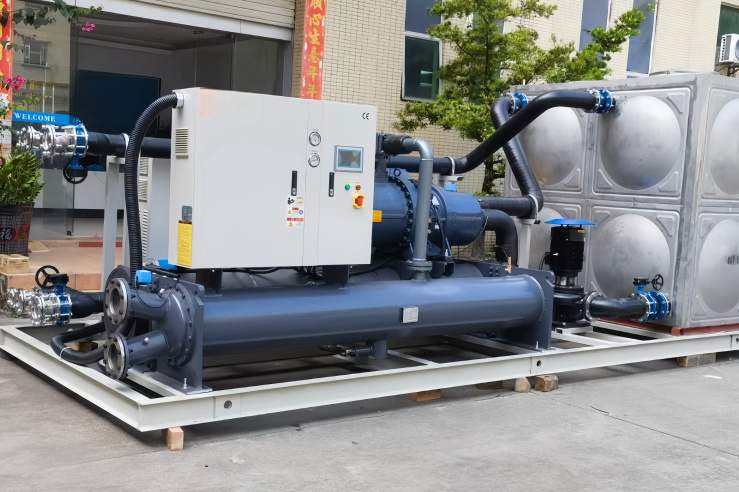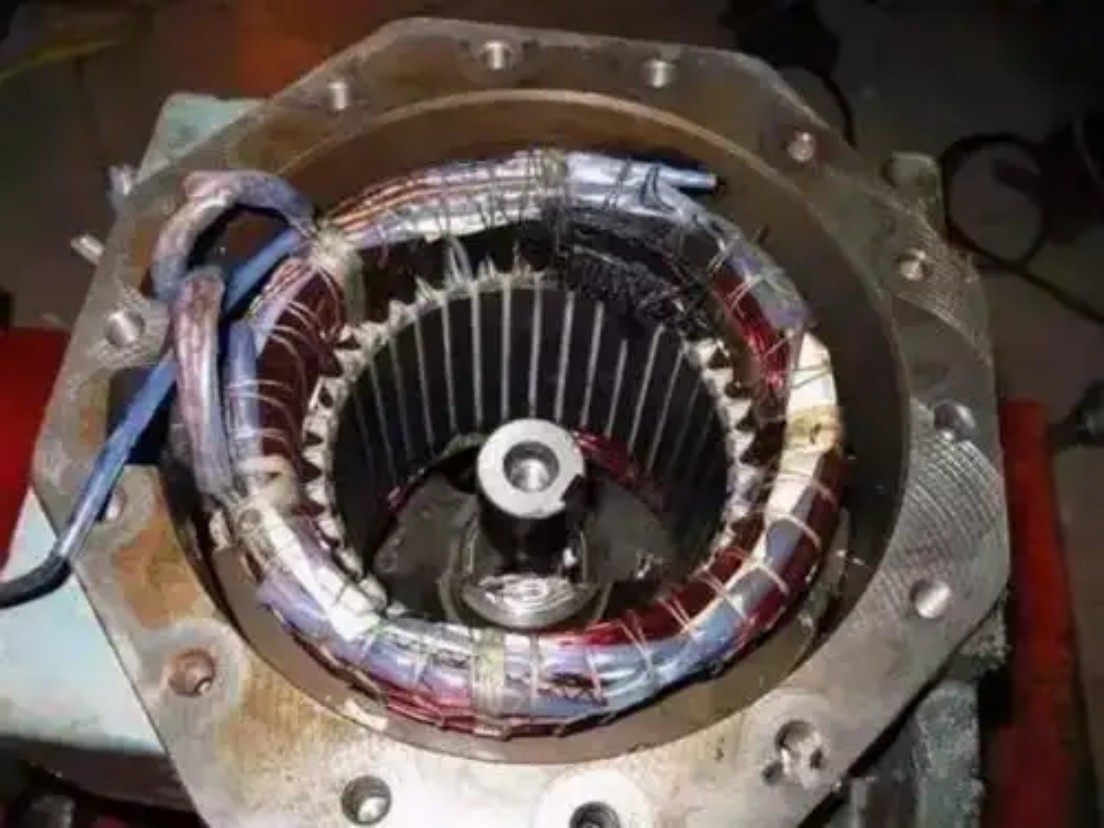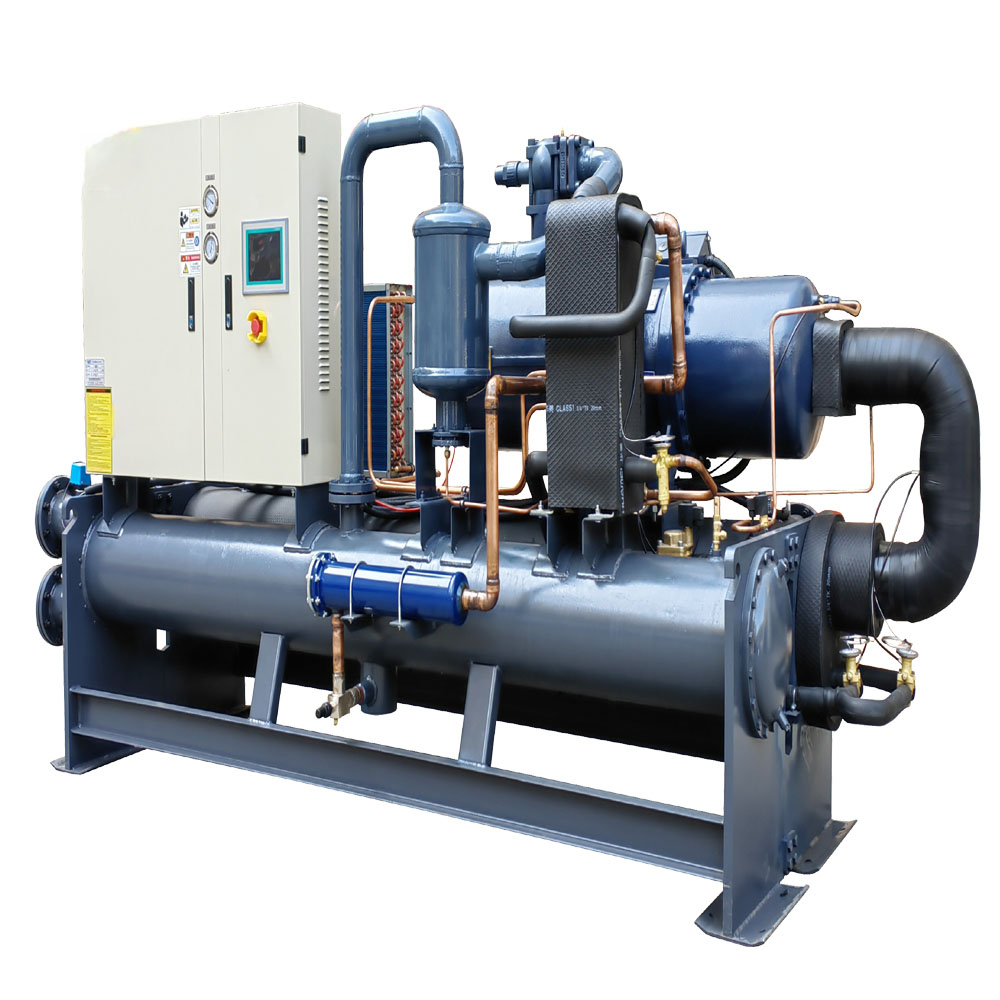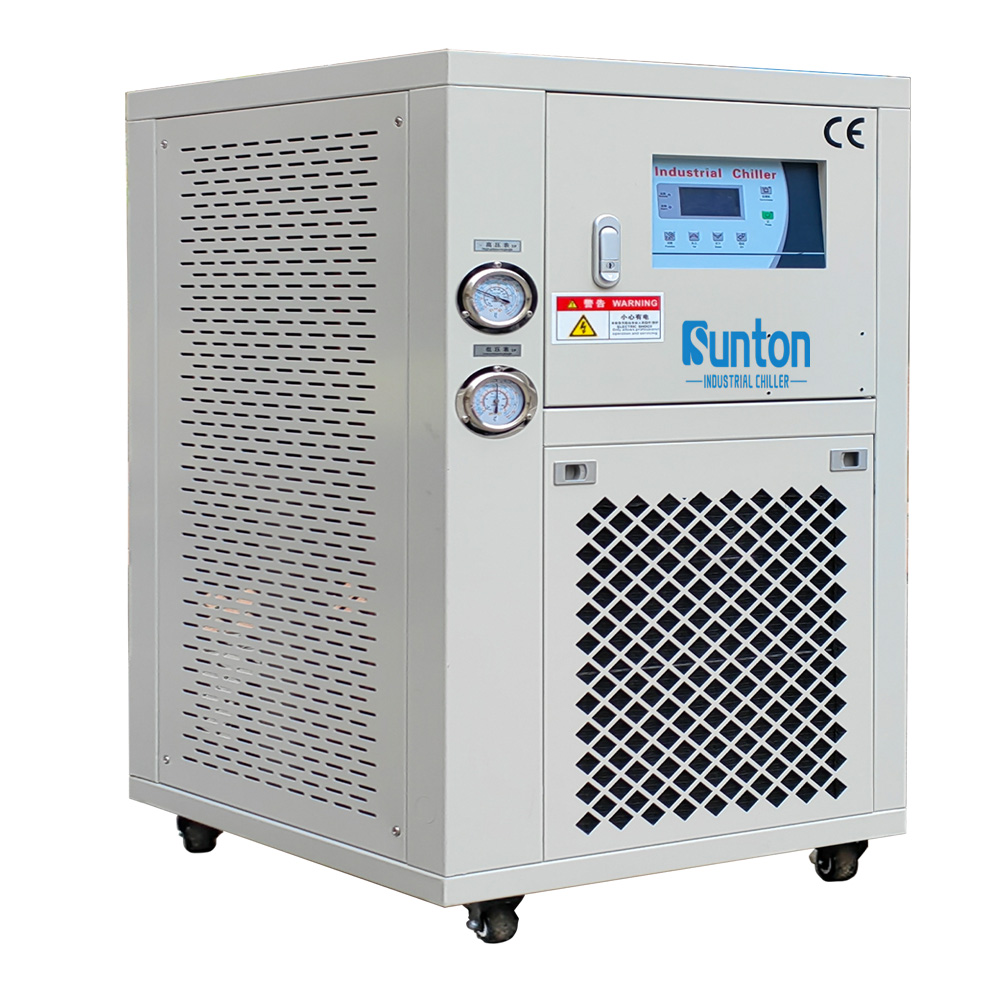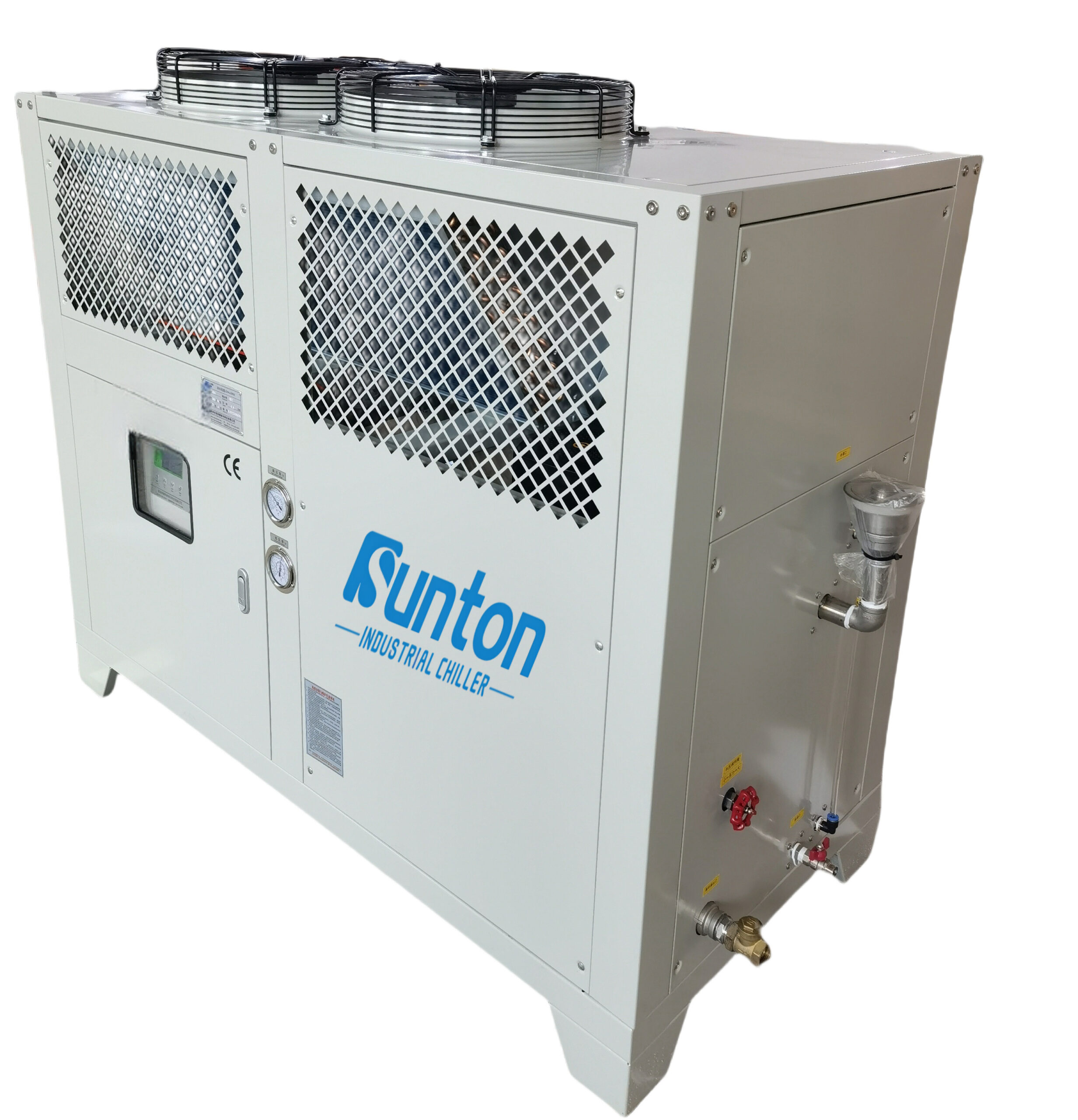-
Dalingshan Industrial Guangdong
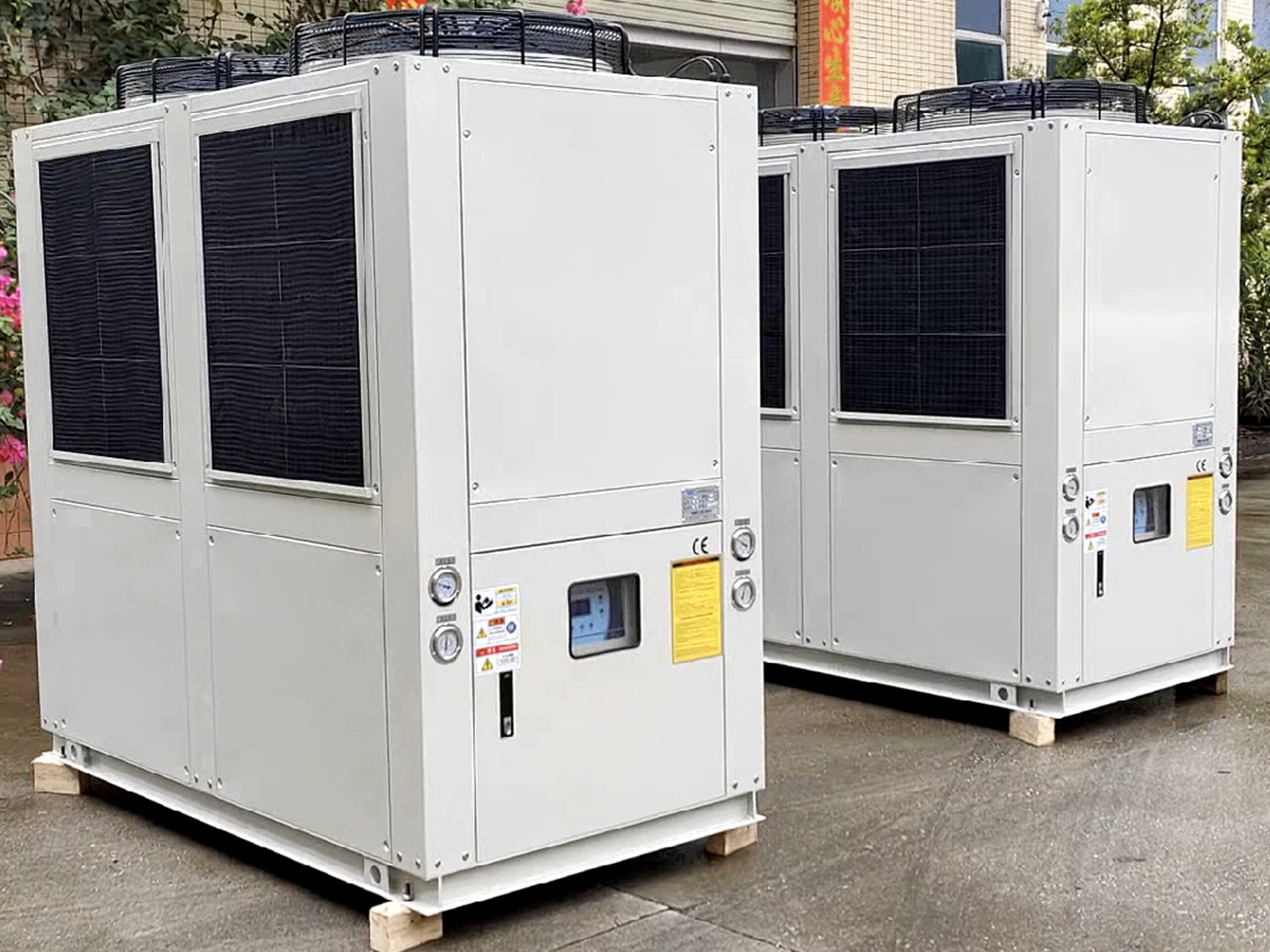
how to control fermentation temperature ι beer temperature control tips
Mastering the Art of Beer Brewing: The Critical Role of Fermentation Temperature Control
Beer brewing is a fascinating blend of art and science, a journey from simple raw materials to a complex and flavorful alcoholic beverage. The fermentation process is arguably the most critical stage of beer brewing, where yeast transforms the sugary wort into beer. This article delves into the intricacies of fermentation, with a particular focus on fermentation temperature, its profound impact on the beer fermentation process, and how precise temperature control is essential for crafting exceptional beers. It is worth reading because it provides a comprehensive overview of the fermentation process, highlights the importance of temperature control, and showcases how our industrial water chillers can be used to produce great beer. We also offer practical advice for brewers of all levels.
Table of Contents
1. What is Fermentation in Beer Brewing?
Fermentation is the metabolic process where yeast, specifically Saccharomyces cerevisiae in most beer styles, converts sugars into ethanol and carbon dioxide. In beer brewing, this process takes place after the mashing and boiling stages, where the wort, a sugary liquid extracted from malted barley, is prepared.
Yeast is added to the cooled wort, initiating fermentation. Yeast cells consume the fermentable sugars, such as glucose and maltose, present in the wort. This consumption leads to the production of ethanol, the alcohol that gives beer its characteristic intoxicating effect, and carbon dioxide, which contributes to the beer’s carbonation. It is important to ensure the fermentation temperature and fermentation time.
2. Why is Fermentation Temperature So Important in Brewing?
Fermentation temperature is a crucial parameter in brewing because it directly influences yeast activity and, consequently, the flavor and aroma profile of the final beer.
- Yeast Metabolism: Yeast is highly sensitive to temperature. Different yeast strains have optimal temperature ranges where they ferment most efficiently. At the ideal fermentation temperature, yeast efficiently converts sugars to ethanol and carbon dioxide without producing undesirable by-products.
- Flavor and Aroma Compounds: Fermentation temperature significantly impacts the production of flavor and aroma compounds. These compounds, which include esters, phenols, and higher alcohols, contribute to the beer’s overall character. For instance, fermenting at higher temperatures can lead to the production of more esters, resulting in fruity or floral notes. Conversely, lower temperatures can suppress ester production, resulting in a cleaner flavor profile.
3. How Does Yeast Strain Affect Fermentation?
Different yeast strains have varying temperature tolerances and fermentation characteristics. Ale yeasts (Saccharomyces cerevisiae) typically prefer warmer temperatures, usually between 60-75°F (15-24°C), while lager yeasts (Saccharomyces pastorianus) thrive in cooler temperatures, around 45-55°F (7-13°C).
- Ale Yeasts: These strains are known for producing a wide range of flavors and aromas, including fruity esters and spicy phenols. Their higher fermentation temperatures contribute to faster fermentation times.
- Lager Yeasts: These strains are known for their clean, crisp flavor profiles. Their lower fermentation temperatures result in slower fermentation but produce fewer esters and phenols.
Choosing the right yeast strain and maintaining its optimal fermentation temperature is essential for achieving the desired flavor profile for a specific beer style.
4. What are the Stages of Beer Fermentation?
Beer fermentation is typically divided into several stages:
- Lag Phase: After yeast is added to the wort (a process known as pitching or inoculating), there is an initial lag phase where the yeast cells acclimate to their new environment. They absorb oxygen and nutrients from the wort, preparing for rapid growth.
- Exponential Growth Phase (Primary Fermentation): During this stage, yeast cells multiply rapidly, consuming sugars and producing ethanol and carbon dioxide. This is the most active phase of fermentation, characterized by vigorous bubbling and the formation of a foamy layer called krausen.
- Stationary Phase: As sugar levels decline, yeast growth slows down, and the fermentation rate decreases. The krausen begins to subside.
- Sedimentation (Conditioning): Yeast cells start to flocculate, or clump together, and settle to the bottom of the fermenter. The beer begins to clarify, and flavors mature.
5. How Do Different Fermentation Temperatures Affect the Final Product?
The fermentation temperature has a profound effect on the final product’s flavor, aroma, and overall character.
- Esters: Higher temperatures generally lead to increased ester production. Esters contribute fruity and floral aromas and flavors, such as banana, apple, pear, and rose. Lower temperatures suppress ester production, leading to cleaner-tasting beers.
- Phenols: Some yeast strains produce phenols, which can impart spicy, clove-like, or smoky notes. Phenol production is also influenced by temperature, with higher temperatures generally leading to more noticeable phenolic character.
- Higher Alcohols (Fusel Alcohols): High fermentation temperatures can cause yeast to produce higher alcohols, also known as fusel alcohols. These compounds can impart harsh, solvent-like flavors and are generally undesirable in beer.
- Diacetyl: Diacetyl is a by-product of fermentation that can impart a buttery or butterscotch flavor. Some yeast strains are more prone to diacetyl production than others. Fermentation temperature also plays a role, with warmer temperatures generally leading to higher diacetyl levels.
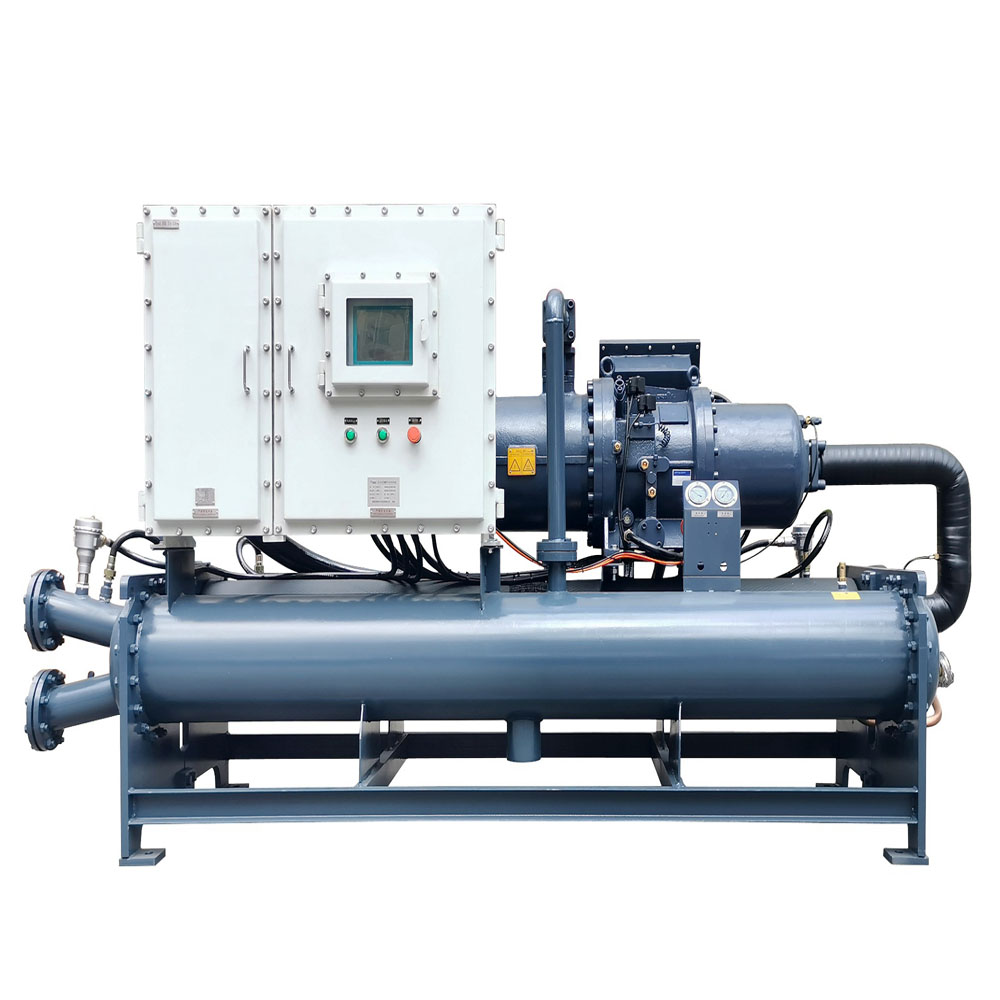
6. What are the Ideal Fermentation Temperatures for Different Beer Styles?
Different beer styles have different ideal fermentation temperatures that contribute to their unique characteristics.
| Beer Style | Ideal Fermentation Temperature Range |
| Ales | 60-75°F (15-24°C) |
| Lagers | 45-55°F (7-13°C) |
| Belgian Ales | 65-80°F (18-27°C) |
| Wheat Beers | 62-75°F (17-24°C) |
| Stouts and Porters | 65-72°F (18-22°C) |
These are general guidelines, and specific yeast strains within each style may have slightly different optimal temperature ranges.
7. What Happens if Fermentation Temperature is Too High or Too Low?
Deviating from the ideal fermentation temperature range can have negative consequences for the beer.
Too High:
- Excessive Ester Production: As mentioned earlier, high temperatures can lead to an overproduction of esters, resulting in overly fruity or solvent-like flavors.
- Fusel Alcohol Production: High temperatures can stress the yeast, causing them to produce fusel alcohols, which can impart harsh, undesirable flavors.
- Diacetyl Production: Warmer temperatures can increase diacetyl production, leading to a buttery or butterscotch flavor that may not be desirable in certain beer styles.
- Rapid Fermentation: High temperatures can cause the fermentation to proceed too quickly, potentially leading to off-flavors and aromas.
Too Low:
- Sluggish or Stuck Fermentation: If the temperature is too low, the yeast may become sluggish or even go dormant, resulting in a slow or incomplete fermentation.
- Under-attenuation: The beer may not ferment fully, leaving residual sugars and resulting in a sweet, unfinished taste.
- Off-flavors: Some yeast strains can produce undesirable flavors at low temperatures.
8. How to Control Fermentation Temperature Effectively?
Maintaining a consistent and optimal fermentation temperature is crucial for producing high-quality beer. Here are some methods:
- Temperature-Controlled Fermentation Chambers: These are insulated enclosures with heating and cooling capabilities that allow brewers to maintain a precise temperature throughout fermentation.
- Glycol Chillers: In larger breweries, glycol chillers are often used to circulate a chilled glycol solution through jackets surrounding the fermentation vessels. This provides efficient and precise temperature control.
- Immersion Chillers: These are coils of copper or stainless steel tubing that are immersed in the wort. Cold water is circulated through the tubing to cool the wort rapidly after boiling and before pitching the yeast.
- DIY Methods: Homebrewers often use simple methods like placing the fermenter in a cool basement or using a water bath with ice packs to regulate temperature.
9. Why Choose Our Industrial Water Chillers for Your Brewery?
As a leading manufacturer of industrial water chillers, we understand the critical role of temperature control in various industries, including brewing. Our chillers are designed to provide reliable, precise, and efficient cooling for your fermentation processes. The industrial chiller designed by our company can well meet the temperature control needs of customers.
- Precise Temperature Control: Our chillers offer accurate temperature control, allowing you to maintain the optimal fermentation temperature for your specific yeast strain and beer style.
- Energy Efficiency: We use advanced refrigeration technology to ensure energy-efficient operation, reducing your operating costs.
- Reliability: Our chillers are built with high-quality components and are designed for durability and long-term performance, minimizing downtime.
- Customization: We offer a wide range of chiller sizes and configurations to meet the specific needs of your brewery, whether you are a small craft brewery or a large-scale production facility.
- Expert Support: Our team of experienced engineers and technicians can provide expert advice and support to help you select the right chiller for your needs and ensure optimal performance.
10. How Do Our Chillers Benefit Industries Beyond Brewing?
Our industrial water chillers are not limited to the brewing industry. They are used in a wide range of applications where precise temperature control is essential.
- Plastics and Rubber Industry: Our chillers are used to cool molds and machinery during the injection molding, extrusion, and blow molding processes, ensuring consistent product quality and preventing damage to equipment. You can choose our water-cooled screw central chiller.
- Machining Industry: Our chillers provide cooling for CNC machines, laser cutting equipment, and other machine tools, preventing overheating and ensuring precise machining operations.
- Food and Beverage Industry: In addition to brewing, our chillers are used for cooling in various food processing applications, such as dairy, chocolate, and confectionery manufacturing. We also offer professional chillers for the dairy industry.
- Chemical and Pharmaceutical Industry: Our chillers are used to control temperatures in reactors, condensers, and other process equipment, ensuring safe and efficient chemical reactions.
- Electronics Industry: Our chillers provide cooling for semiconductor manufacturing equipment, data centers, and other electronic devices.
- Laser Industry: Our chillers are used to cool laser cutting and engraving machines, ensuring stable laser operation and preventing damage to sensitive components.
- Printing Industry: Our chillers provide cooling for printing presses, ensuring consistent ink viscosity and preventing overheating.
- Medical Industry: Our chillers are used in medical equipment such as MRI machines, CT scanners, and laboratory equipment, where precise temperature control is critical for accurate results and patient safety.
- Laboratories and Research Institutions: Our chillers are used to maintain precise temperatures for various laboratory applications, including sample storage, chromatography, and spectroscopy.
- Data Centers: Our chillers play a crucial role in cooling data center servers, preventing overheating and ensuring reliable operation. Our HVAC Chillers are the best choice.
FAQs
1. What is the difference between ale and lager fermentation?
Ale fermentation typically occurs at warmer temperatures (60-75°F or 15-24°C) using Saccharomyces cerevisiae yeast, while lager fermentation takes place at cooler temperatures (45-55°F or 7-13°C) using Saccharomyces pastorianus yeast.
2. How long does fermentation take?
The fermentation time varies depending on factors like yeast strain, fermentation temperature, and the desired beer style. Primary fermentation usually takes 1-2 weeks, followed by a conditioning period of several weeks or months.
3. What is a stuck fermentation?
A stuck fermentation occurs when the yeast stops fermenting before reaching the desired final gravity. This can be caused by various factors, including inadequate fermentation temperature, insufficient yeast nutrients, or unhealthy yeast.
4. Can I use a regular refrigerator to control fermentation temperature?
While a regular refrigerator can be used to ferment lagers, it may not be ideal for ales, as the temperature may be too low. Additionally, the on-off cycling of a standard refrigerator compressor can cause temperature fluctuations that may stress the yeast.
5. What is the importance of sanitation in fermentation?
Sanitation is crucial throughout the brewing process, especially during fermentation. Contamination with wild yeast or bacteria can lead to off-flavors and spoil the beer.
6. How does the type of fermenter affect temperature control?
Different fermenter materials have varying insulation properties. Stainless steel fermenters, for example, are better at conducting heat, making them more responsive to temperature changes compared to plastic fermenters. Also our anti-explosion chillers will help.
Conclusion
- Mastering the art of beer brewing requires a deep understanding of the fermentation process, particularly the critical role of fermentation temperature.
- Fermentation temperature directly impacts yeast activity, flavor and aroma compound production, and the overall character of the beer.
- Choosing the right yeast strain and maintaining its optimal fermentation temperature is essential for achieving the desired flavor profile for a specific beer style.
- Our industrial water chillers provide precise, reliable, and efficient temperature control for your fermentation processes, helping you craft exceptional beers.
- Our chillers are also used in a wide range of industries beyond brewing, where precise temperature control is essential for product quality, equipment performance, and process safety.
If you have any other questions about the fermentation process or our industrial water chillers, please don’t hesitate to contact us. We are committed to providing you with the best cooling solutions for your brewing and industrial needs.
